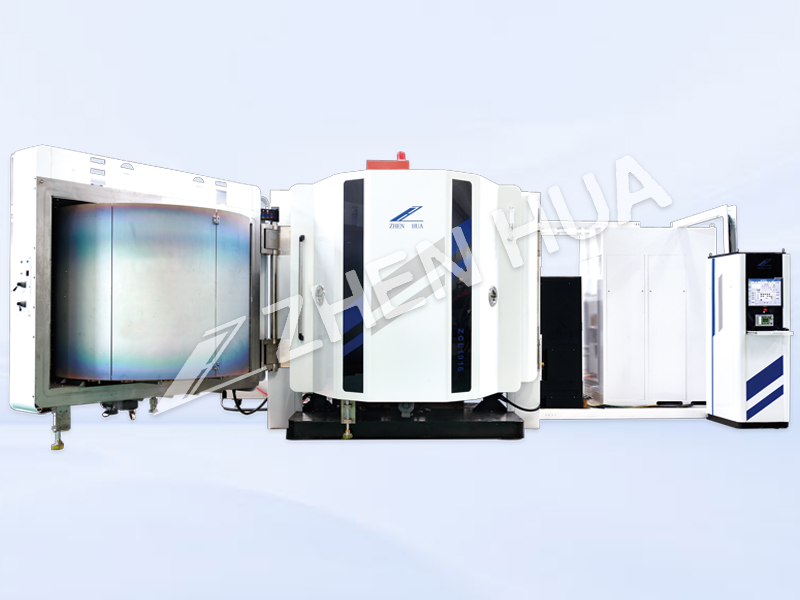In the biomedical optical detection technology using spectral analysis, there are three representative analysis methods UV-visible spectrophotometry (photoelectric colorimetry), fluorescence analysis, raman analysis, respectively, to achieve different levels of biomedical detection of tissues, cells and molecules. Optical filters are used in the above three biomedical analyses. Optical filters are key devices that determine the detection accuracy and reliability of biomedical detection systems. The following table lists the applicability of the three biomedical detection methods and the requirements for their optical filters.
|
Biomedical testing methods |
Optical phenomena used |
Application field |
Filter core requirements |
Typical number of layers for a single coating |
| UV-Vis spectrophotometric analysis | light absorption | Tissue biochemical indicator tests | Bandwidth of 8~10nm narrow band transmission cutoff band depth greater than OD6, environmental adaptability requirements of moisture resistance unchanged | 30~50 |
| Fluorescence analysis | Fluorescence emission | Cellular, DNA amplification | Bandwidth of 20~40nm transmission, excitation, emission sharp cutoff (90%~0D6 1~2%); cutoff band deep cutoff, small moisture absorption drift | 50~100 |
|
Raman analysis |
Raman scattering |
Accurate measurement of molecular energy level structure of matter species detection |
Sharp emission cutoff (90%~0D6 0.5~1%), small moisture absorption drift |
100~150 |
–This article is released by vacuum coating machine manufacturer Guangdong Zhenhua
Post time: Nov-03-2023


